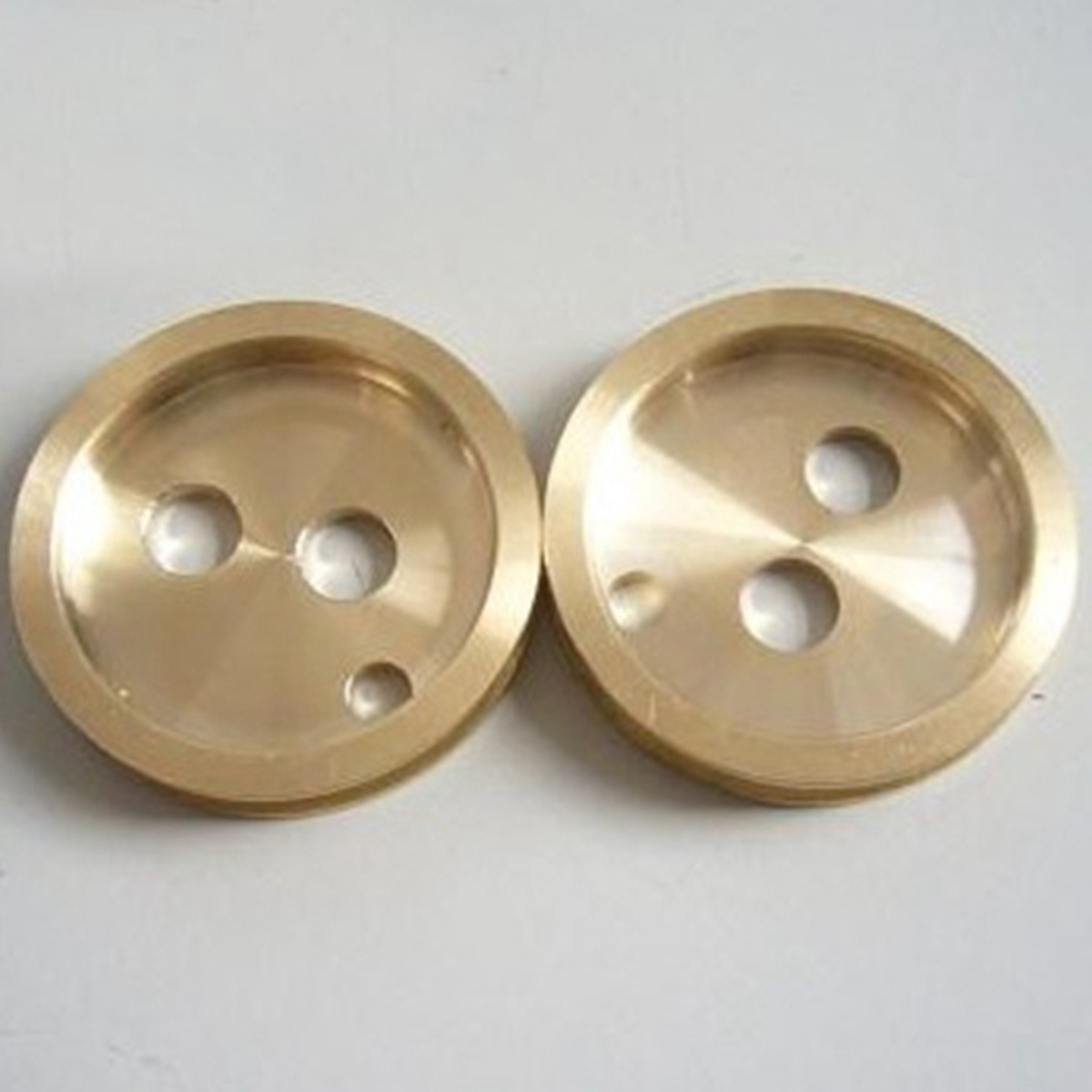
EDM: Electrical Discharge Machining
As the name suggests, this casting machining method uses electrical discharges to shape metal. It is especially suitable for ultra-complex metal parts. EDM removes material

As the name suggests, this casting machining method uses electrical discharges to shape metal. It is especially suitable for ultra-complex metal parts. EDM removes material

As a trace mineral, copper plays a part in the body by promoting the absorption of iron, participating in the production of red blood cells,

Copper has a number of clear benefits which are listed below: Has excellent electrical conductivity, second only to silver, making it the most widely used

Grinding is a very famous casting machining process, especially in casting foundries. It typically uses an abrasive wheel to remove material from the workpiece’s surface.

Drilling is another casting machining type that only creates holes. It is commonly used in many applications, especially in manufacturing and construction. Casting drilling is

Copper metal has the primary characteristics of being an excellent electrical and thermal conductor. Since it’s a malleable and ductile material that can be bent

Milling is also a machining process in which the object remains stationary while the cutting tool spins and shapes it. This process creates more complex

The applications of copper are found throughout everyday society. Listed below are some common examples: 1. Electronics In electronics, copper is commonly used for its

Turning is a widely used method in every metalworking workshop or factory. In this method, the object is connected to the spindle horizontally. (Horizontal Machining)

Copper is available in different types, and each of these types are best suited for different applications. The properties and applications of each grade of
WhatsApp us
Ready to Work Together? Build a project with!
*You can upload your design here so that we can provide you with a more accurate quote.